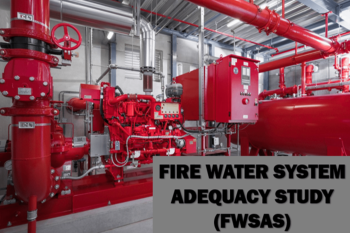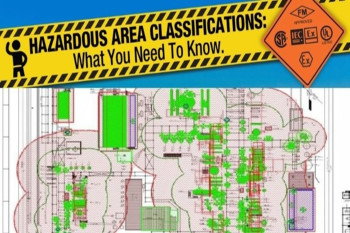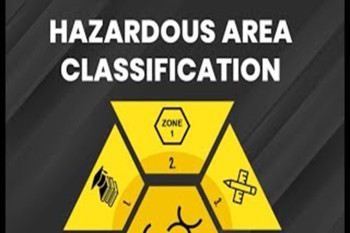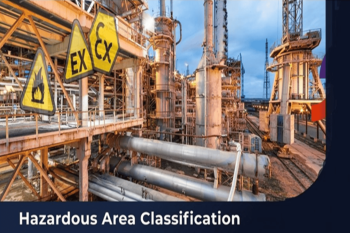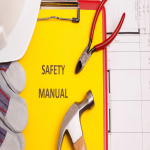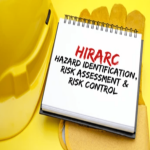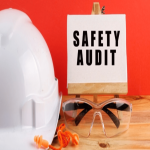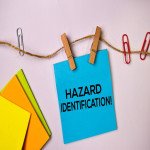METHODOLOGY FOR FIRE SAFETY RISK ASSESSMENT (FSRA) STUDY
1. OBJECTIVE
The objective of a fire risk assessment is to systematically identify potential fire hazards, evaluate the associated risks, and implement measures to reduce the likelihood of fires occurring and minimize their impact on people, property, and the environment.
2. SCOPE
The scope of a fire risk assessment encompasses the boundaries and objectives of the assessment process, outlining what will be included and addressed
3. REFERENCE FOR FSRA
NFPA 551 This guide provides assistance in evaluating the appropriateness and execution of a fire risk assessment (FRA) for a given fire safety problem.
GOV.UK
4. ORDER OF PRECEDENCE
NFPA 551 This guide provides assistance in evaluating the appropriateness and execution of a fire risk assessment (FRA) for a given fire safety problem.
GOV.UK
As per Client Guidelines
National & International reference books.
5. Proposed Methodology
5.1. Introduction
Fire Safety Risk Assessment (FSRA) is a qualitative tool for assessing fire potential and identifying ways both to prevent and to control fires.
The aim of FSRA is to assess the probability of fire in the workplace occurring and its potential consequences in order to determine the risk to People, Assets, the Environment and Reputation. The FSRA can be carried out as part of a more general risk assessment or as a specific exercise.
The risk assessment process involves an inspection of the premises to identify potential fire hazards, to ensure adequate measures to stop fire starting and that adequate fire protection measures are in place to protect everyone in the building.
5.2. Methodology
There are five steps in FSRA and these steps are illustrated in the figure below :
1. Identify Fire Hazards - A fire hazard is anything that can start a fire, such as ignition sources or combustible materials. Consider: electrical equipment, smoking, arson, heating, cooking, housekeeping, contractors
2. Identify People at Risk- How many people are in the premises? Are there any young, disabled, or lone workers present in the premises?
3. Evaluate and Act - How many floors and staircases are in the premises? The number and location of exits? Are fire alarms, fire exit signs, emergency lighting and fire extinguishers needed?
4. Record, plan and train - Do you have a clear plan of how you are going to keep people safe from fire? Do your staff know what to do in case of fire? Do you complete fire drills? Are fire safety provisions being maintained?
5. Review- Your fire risk assessment needs regular review and updating if there are any significant changes.
5.3. Detail Methodology
1. Fire hazards
Have you found anything that could start a fire?
Have you found anything that could burn?
How could a fire start?
Think about heaters, lighting, electrical equipment and hot works
Have you considered smoking and the use of matches?
Hot processes, welding and grinding should also be taken into account
2. People at risk
Everyone is potentially at risk from fire
Think about night staff or people not familiar with the premises, such as visitors or customers
Children, the elderly or disabled people are especially vulnerable
Who could be at risk?
Who could be especially at risk?
3. Evaluate and act
Everyone is potentially at risk from fire
Have you assessed the risks in the workplace?
Do you have enough escape routes?
Have you planned escape routes?
Have you made sure people will be able to safely find their way out, even at night?
Is a fire alarm system needed?
Are signs, such as fire exit signs, needed?
Is emergency lighting required?
Are fire extinguishers, fire hydrants, monitors, and sprinklers needed and, if so, where should they be located?
Have you kept sources of ignition away from fuel sources?
Have you made sure that everyone is safe in case of fire?
Do you have a Fire safety/ Emergency Preparedness / Onsite Emergency Plan?
Who will call the fire and rescue service?
Could you put out a small fire and stop it spreading?
4. Record, plan and train
Have you planned what everyone will do if there is a fire?
Do all your staff know the plan?
Have staff had up-to-date training and completed a fire drill?
Have you included temporary staff?
Are you maintaining everything that is provided or required to keep people safe from fire?
Formulate your action plan to reduce the fire hazards. The plan is an inventory of actions, normally prioritised and time constrained to devise, maintain or improve controls. Remember, where appropriate, this can be eliminating or controlling hazards (e.g. better separation of combustible materials from ignition sources)
5. Review
Keep your assessment under regular review. Remember to update it as risks or hazards change. If you make any significant changes, you should review your risk assessment. Have you made any changes to the building since the last assessment?
Have you had a fire or a near miss?
Have stock levels changed significantly?
Have you started to store chemicals or dangerous substances?
5.4. Project Deliverables
Table 1:FSRA Study
DISCLAIMER
HSE Risk Management Services Private Limited accepts no liability or responsibility whatsoever for it in respect of any use of or reliance upon this Methodology by any third party.
Copying this Methodology without the permission of HSE Risk Management Services Private Limited is not permitted.
.
